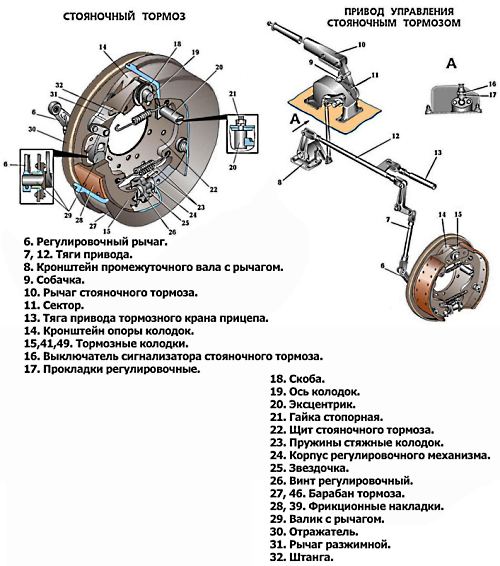
How to prevent car death
Content
Cars are complex mechanical and electrical parts of our daily lives. Many different systems can bring the car to a stop, usually at the most inopportune moment. The most important part of preparation is regular maintenance…
Cars are complex mechanical and electrical parts of our daily lives. Many different systems can bring the car to a stop, usually at the most inopportune moment. The most important part of preparation is regular maintenance.
This article will look at the various items that need to be checked and maintained, which can cause a car to break down. The parts are the electrical system, oil system, cooling system, ignition system and fuel system.
Part 1 of 5: Electrical Charging System
Necessary materials
- Basic set of tools
- Electrical multimeter
- Eye protection
- Gloves
- Towel store
The car's charging system is responsible for keeping the car's electrical system charged so that the car can keep moving.
Step 1: Check battery voltage and condition.. This can be done with a multimeter to check the voltage or a battery tester that also checks the condition of the battery.
Step 2: Check generator output.. The voltage can be checked with a multimeter or generator tester.
Part 2 of 5: Checking Engine and Gear Oil
Required material
- Shop rags
Low or no engine oil can cause the engine to stall and seize. If the transmission fluid is low or empty, the transmission may not shift to the right or not work at all.
Step 1: Check the engine for oil leaks.. These can range from areas that look wet to areas that are actively dripping.
Step 2: Check the oil level and condition. Locate the dipstick, pull it out, wipe it clean, reinsert it, and pull it out again.
The oil should be a beautiful amber color. If the oil is dark brown or black, it must be changed. When checking, also make sure that the oil level is at the correct height.
Step 3: Check transmission oil and level. The methods for checking transmission fluid vary by make and model, and some of them cannot be checked at all.
The fluid should be clear red for most automatic transmissions. Also check the transmission housing for oil leaks or seepage.
Part 3 of 5: Checking the cooling system
The vehicle's cooling system is responsible for maintaining the engine temperature within a predetermined range. When the temperature gets too high, the car can overheat and stall.
Step 1: Check the coolant level. Check the coolant level in the cooling system.
Step 2: Inspect the Radiator and Hoses. The radiator and hoses are a common source of leaks and should be checked.
Step 3: Inspect the cooling fan. The cooling fan must be checked for correct operation in order for the system to perform at its best.
Part 4 of 5: Engine Ignition System
Spark plugs and wires, coil packs and distributor are the ignition system. They provide the spark that burns the fuel, allowing the car to move. When one or more components fail, the vehicle will misfire, which can prevent the vehicle from moving.
Step 1: Check the spark plugs. Spark plugs are part of regular maintenance and should be replaced at the manufacturer's specified service intervals.
Be sure to pay attention to the color and wear of the spark plugs. Usually the spark plug wires, if any, are replaced at the same time.
Other vehicles are equipped with one distributor or coil packs per cylinder. All of these components are tested to make sure the spark gap doesn't get too big or the resistance doesn't get too high.
Part 5 of 5: Fuel system
Required material
- Fuel gauge
The fuel system is controlled by the engine control unit and supplies fuel to the engine to burn it to keep it running. The fuel filter is a normal maintenance item that must be replaced to avoid clogging the fuel system. The fuel system consists of a fuel rail, injectors, fuel filters, a gas tank and a fuel pump.
Step 1: Check fuel pressure. If the fuel system is not working properly, the engine may not run at all, causing it to stall.
Intake air leaks can also stall the engine because the ECU leans the fuel/air ratio causing the engine to stall. Use the fuel gauge to determine if your pressure is within the acceptable range. For details, see the owner's manual for your vehicle.
When a car stalls and loses power, this can be a frightening situation that should be avoided at all costs. Many different systems can cause a car to shut down and lose all power. You must be sure to pass the safety check and follow the regular maintenance schedule for your vehicle.

